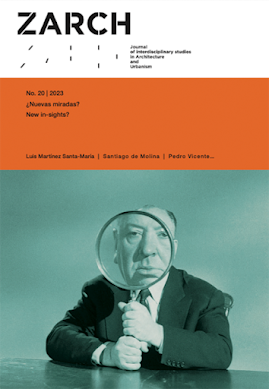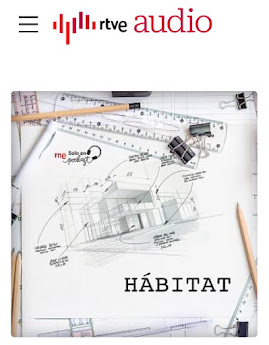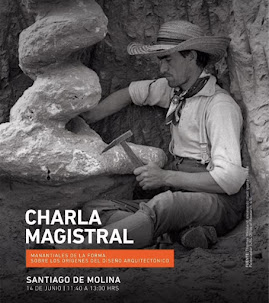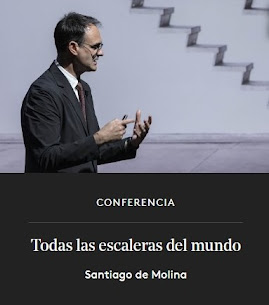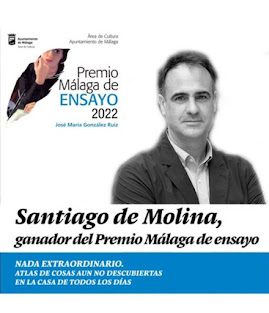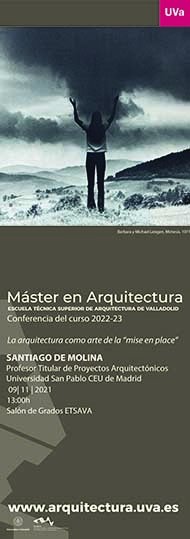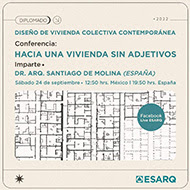Ese “cobrar vida” de la película Toy Story (1995), que de algún modo recoge algunas historias clásicas de los cuentos infantiles como El Cascanueces de Hoffmann, donde los juguetes solo permanecen inanimados cuando los humanos estamos delante, supone una extraordinaria metáfora invertida de lo que se produce en la misma arquitectura.
La arquitectura permanece inanimada hasta que, precisamente, se abre una puerta. Es entonces cuando sale a saludarnos, como un lentísimo perro que ha estado esperando a su dueño todo el día para recibirlo al regreso de la jornada con saltos, juegos y lametones; o como los muros que parecen estrecharse en torno a nosotros cuando dormimos, con un abrazo abombado pero incompleto. La arquitectura parece hablar cuando habitamos entre sus espacios, y se muestra aletargada cuando salimos por la puerta. La arquitecta japonesa Kazuyo Sejima lo ha expresado de modo inmejorable: "El espacio no existe simplemente, sino que lo crean las personas al momento de entrar en él. De hecho, los objetos de la casa cobran vida de un modo singular"(1).
En su carácter, la arquitectura no es efusiva; algo más, efectivamente, lo son sus objetos. Sin embargo, tal vez todo esto pasa desapercibido porque, como nuestro metabolismo es mucho más rápido, no nos damos cuenta de sus movimientos a nuestro alrededor. Supongo que nos sucede algo semejante a nuestra relación con las moscas: que nos deben ver como lentísimos y torpes seres, incapaces de atraparlas.
(1) El croquis, nº 231, p.312
This “coming to life” in the film Toy Story (1995), which in some way draws on classic stories from children’s literature such as Hoffmann’s The Nutcracker, where toys remain inanimate only when humans are present, serves as an extraordinary inverted metaphor for what happens in architecture itself.
Architecture remains lifeless until, precisely, a door is opened. It is then that it comes out to greet us, like a slow-moving dog that has spent the whole day waiting for its owner, ready to welcome them back with jumps, games, and licks; or like walls that seem to draw closer around us while we sleep, with an incomplete, swelling embrace. Architecture seems to speak when we inhabit its spaces, and it lies dormant when we leave. Japanese architect Kazuyo Sejima has expressed this perfectly: “Space does not simply exist; it is created by people at the moment they enter it. In fact, the objects in the house come to life in a singular way”(1).
By its nature, architecture is not effusive; something more, indeed, are its objects. Yet perhaps all of this goes unnoticed because, as our metabolism runs so much faster, we fail to perceive its movements around us. I suppose something similar happens with our relationship to flies: they must see us as slow, clumsy beings, incapable of catching them.


























_-_left_hand_screen,%20imagen%20wikipedia.jpg)













